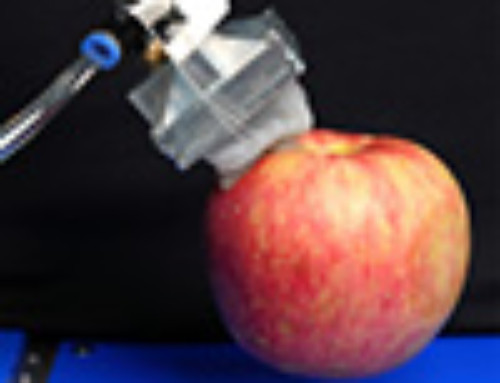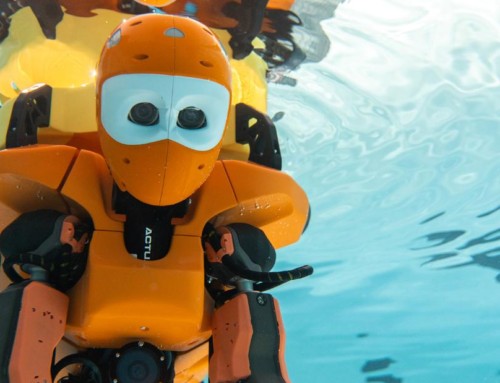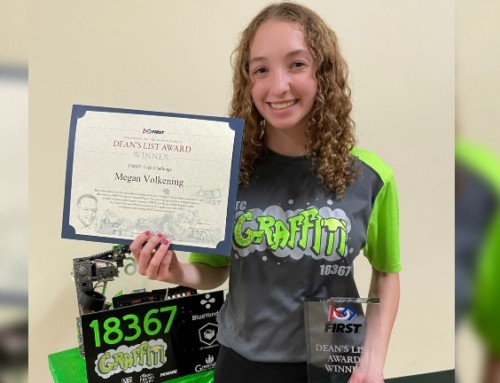[ad_1]

Associate Professor Ruban Thanigasalam with the da Vinci robot.
While robotic surgery is fulfilling its immediate potential, Professor Bannon, Associate Professor Thanigasalam and other clinicians working in the area are mapping out the technology’s future, “The next question is whether we can go hands-off so robots operate by themselves,” says Professor Bannon. “Beyond that, can robots actually make decisions? We’re in the process of learning what the machine can learn.”
If robots can one day make clinical decisions, it will be through machine learning which is related to artificial intelligence. Once provided with vast amounts of relevant information – in this case, the performance of countless surgical procedures – the da Vinci system has the capacity to work out how to do the procedures autonomously.
This is where humans may have to adjust expectations in being comfortable with a machine making clinical decisions. Though in some ways, this is already happening. Some pacemakers now have a robotic element that monitors blood chemistry and flags when treatment may be needed. People who have diabetes also benefit from semi-autonomous devices assessing glucose levels and making decisions about insulin doses.
“Though actually, robotic systems don’t make decisions,” points out Professor Bannon. “They draw conclusions based on vast amounts of data that have been implanted. How far we can take this will be defined by the safety nets we put in place. And the safety nets will always be multi-layered and extensive.”
While fully autonomous robotic surgeons are still some time off, Associate Professor Thanigasalam sees a variation happening sooner, “Robotics could act as a fail-safe by overriding a surgeon in case of error. Then within maybe 20 years, we’ll likely see artificial intelligence within robotics,” he says.
Much more imminent is remote proctored robotic surgery. This is where a surgeon new to the technology in say, Wagga Wagga, can be supervised by a robotic surgeon in Sydney, and guided along the robotic surgery learning curve. With the horizons of robotic surgery widening, previously ambitious goals become achievable. As Professor Bannon says, “If you don’t set objectives, you’ll never know what’s possible.”
Certainly, the Hybrid Theatre is working towards becoming part of the global development of new technology in surgical robotics.
When SAM, perhaps clumsily, name checks the novel Brave New World to express the world-changing potential of the technology, Professor Bannon smiles widely and instead references a 1966 science fiction film where tiny scientists travel through a human body: “We think of it more as a fantastic voyage.”
Help people live longer and healthier lives
To learn more about the University’s groundbreaking medical research or help advance the work, please call Lachlan Cahill on +61 2 8627 8818 or email development.fund@sydney.edu.au
[ad_2]
Source link





Leave A Comment
You must be logged in to post a comment.